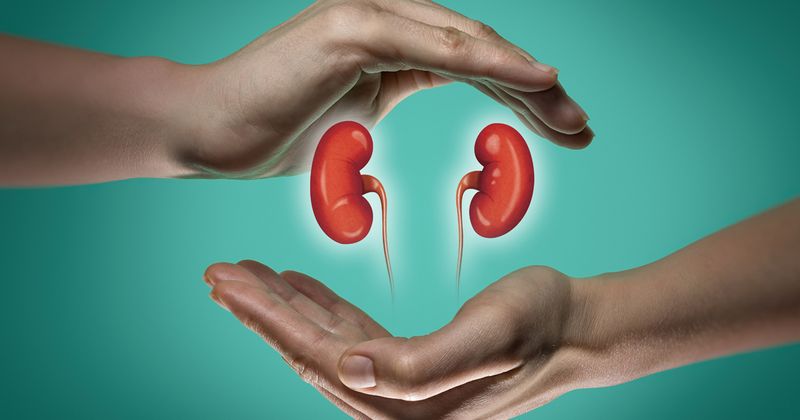Obinutuzumab improves odds of complete renal response, cuts flare risk in lupus nephritis
SAN DIEGO — Obinutuzumab use increases the chances of achieving complete renal response and lowers the risk for kidney-related events and time to flare in lupus nephritis, according to data presented at ACR Convergence 2023.
“All of our trials in lupus nephritis really are short-term when you consider the length of the disease — and this is a lifetime issue for patients with lupus,” Brad H. Rovin, MD, FACP, FASN, of the Ohio State University Wexner Medical Center, said at a press conference during the meeting. “They focus on complete renal response, but what we really want for our patients with lupus nephritis is to be able to preserve kidney function for their lifetime so that they don’t progress on to chronic kidney disease and/or kidney failure, necessitating transplant or dialysis.”

To examine the kidney-related outcomes and steroid-sparing effects of obinutuzumab (Gazyva, Genentech) use in patients with lupus nephritis, Rovin and colleague conducted an post hoc analysis of the randomized, double-blind, placebo-controlled, phase 2 NOBILITY trial. In that study, patients with proliferative lupus nephritis who received obinutuzumab alongside standard-of-care therapy demonstrated clinically meaningful improvement in complete and overall renal responses at weeks 52, 76 and 104, vs. those treated with placebo and standard-of-care therapy.

In the current study, Rovin and colleagues performed Cox regression analyses for time to first kidney-related event — defined as death, doubling of serum creatinine or treatment failure — lupus nephritis flare, and first 30% and 40% eGFR decline from baseline. The researchers assessed eGFR slope using a linear mixed-effects model.
Meanwhile, they used the Cochran-Mantel-Haenszel test to examine the data for the steroid-sparing effect of 7.5 mg or less of daily prednisone while achieving complete renal response at weeks 76 and 104, without the use of more than 7.5 mg of daily prednisone between weeks 64 and 76 and weeks 92 and 104, respectively. The test was stratified for race — Afro-Caribbean/African-American vs. “others” — and country — United States vs. non-U.S. residents.
For patients who withdrew from the study or had missing data, the researchers estimated glucocorticoid dose using the last observation carried forward method.
According to the researchers, obinutuzumab significantly lowered the risk for kidney-related events, including death (HR = 0.4; 95% CI, 0.2-0.8), lupus nephritis flare (HR = 0.43; 95% CI, 0.2-0.95) and time to first eGFR decline of either 30% (HR = 0.2; 95% CI, 0.06-0.61) or 40% (HR = 0.09; 95% CI, 0.01-0.73).
Specifically, risk for a sustained decline in eGFR of either 30% or 40% was numerically lower in the obinutuzumab group. Additionally, the researchers reported a significant difference in attenuation of eGFR slope decline between patients receiving obinutuzumab and standard-of-care therapy vs. those receiving placebo and standard-of-care therapy (annual slope difference = 4.1 mL/min/year; 95% CI, 0.14-8.08).
In all, 38.1% of patients treated with obinutuzumab and standard-of-care therapy achieved complete renal response at week 76, without receiving more than 7.5 mg of daily prednisone from weeks 64 through 76, vs. 16.1% in the placebo group (P < .01).
“One of the things that is really important for patients with lupus nephritis is to avoid having extra flares of lupus nephritis, because every time you have a renal flare, you actually sustain more damage to the kidney,” Rovin said. “So, when we looked at incidence of renal flare — and we were able to do this because it was a 2-year trial — we saw that this was almost cut in half in the patients treated with obinutuzumab.
“The final thing that I’ll share with you is that we looked at the GFR over time,” he added. “... And although both the obinutuzumab group and the group treated with placebo actually showed a decline in GFR over time — not unexpectedly — that decline was mitigated in the obinutuzumab group. They really were pretty near what they started with. Meanwhile, the decline in the placebo group was substantial. This actually favored obinutuzumab by 4 mL per minute per 1.73 m2, which is a substantial saving in GFR, suggesting the possibility/probability of longer-term survivability of the kidneys in these patients.”

